
Heat stress is an age-old problem and can have a detrimental impact on your herd. Your cattle may be particularly sensitive to high dew points and extreme temperatures, resulting in heat stress. This only worsens if there is no significant cooling period after the sun goes down and throughout the night. Essentially, this will guarantee that they won’t have any opportunity to cool down, putting a great deal of strain on their bodies and resulting in heat stress.
What to Watch For
Heat stress isn’t difficult to spot — it’s very obvious when an animal is in distress. They will display symptoms such as:
Early stage heat stress:
- increased respiratory rate
- open-mouth breathing
- slobbering
Should the heat stress advance, cattle are likely to:
- lose coordination
- tremble
- stagger
If a cow goes down as a result of heat stress, the chances of them getting back up and being able to recover are very, very low.
How to Avoid Heat Stress in Your Herd
To help your herd transition through these relentlessly warm days and nights, we’ve provided a short (but thorough) list of things you can do to safeguard your cattle. If your cattle are showing signs of heat stress, it’s integral that you provide immediate intervention. If possible, help the process in the evening after the sun has set to help them maintain a fairly natural heat dissipation pattern.
Keep water fresh and provide additional water sources. If your cattle are on pasture, give them access to more water. For example, if there is only one tank in each pasture, add one or two more spaced out a bit. Stay on top of the water — make sure it is clean, free of foreign material and top it up regularly.
Keep handling to a minimum, or avoid it altogether, if possible. This includes moving, processing or transporting your cattle. If it’s absolutely necessary, work during the early morning hours when the temperatures will be at their lowest for the day. Always try to practice low-stress handling techniques, but especially during inclement weather, such as extreme heat.
Provide adequate shade. This is sometimes easier said than done, but your herd’s well-being depends on being able to seek relief from the sun’s burning rays. Dark-colored, young and old cattle have a particularly difficult time handling the direct sun. The easiest ways to provide shade are to move your cattle to pastures that provide natural tree cover or even holding pens that offer open buildings.
Create adequate air flow in enclosed barns. If you keep your animals in a setting such as a dairy operation or feed beef cattle indoors, be sure that there is adequate ventilation. If possible, open up the sides of the barn or use fans to keep the air moving through the structures. If possible, move any cattle that don’t need to be indoors to outside pens with shade. Overcrowding can push the temperatures up even more. In humid areas, refrain from using sprinklers, as this can raise humidity levels, but do little to help cool the cattle themselves.
Keep an eye out for unusual behavior. As with any animal, stress combined with heat can be a recipe for disaster. If your herd becomes stressed for some reason, watch carefully for unusual behavioral patterns (moving around too much, or not enough; aggression; lethargy, etc.).
Always be prepared. The worst thing you can do is enter into the hot summer season unprepared. For instance, have a contingency plan should your well or water source become unavailable. Be sure you have the ability to obtain enough water to keep your herd adequately hydrated. Should power go out in your fan-cooled buildings, make sure you have adequate outdoor space you can transfer your cattle into or that you have functioning backup generators to power the cooling system.
Keeping an eye on resources such as heat index maps can help ensure that you’re a step ahead of the weather. Keeping your cattle cool and healthy may take some extra effort but in the end will be well worth the effort.
Related Posts
Herd Handling Techniques and Their Effects on the Immune System
Stress and Cortisol Can Undermine Your Herd Vaccination Programs


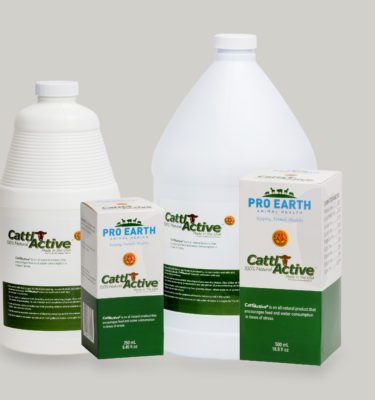
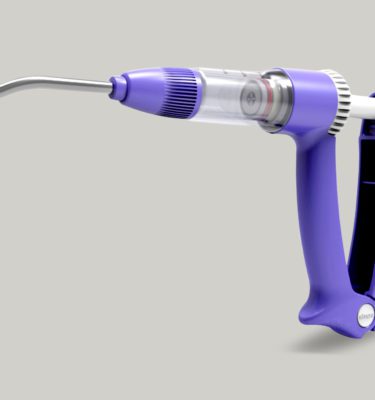
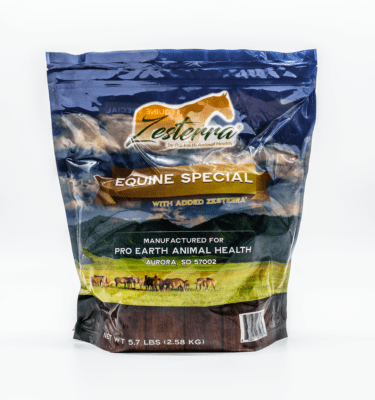
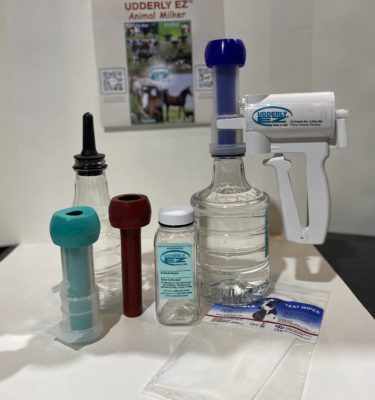
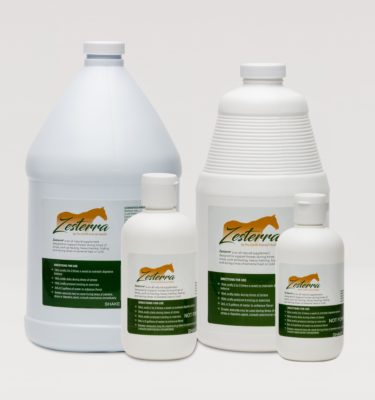
I find it helpful that you mentioned I should have a backup generator for my cow cooling system in case power go out. My dad plans to start a cattle farm in his newly-bought ranch. I’ll share this article with him so he would invest in a reliable cow cooling system. Thank you!
Hi Levi – glad that you found the article helpful. Good luck to you and your dad in your dairy venture!